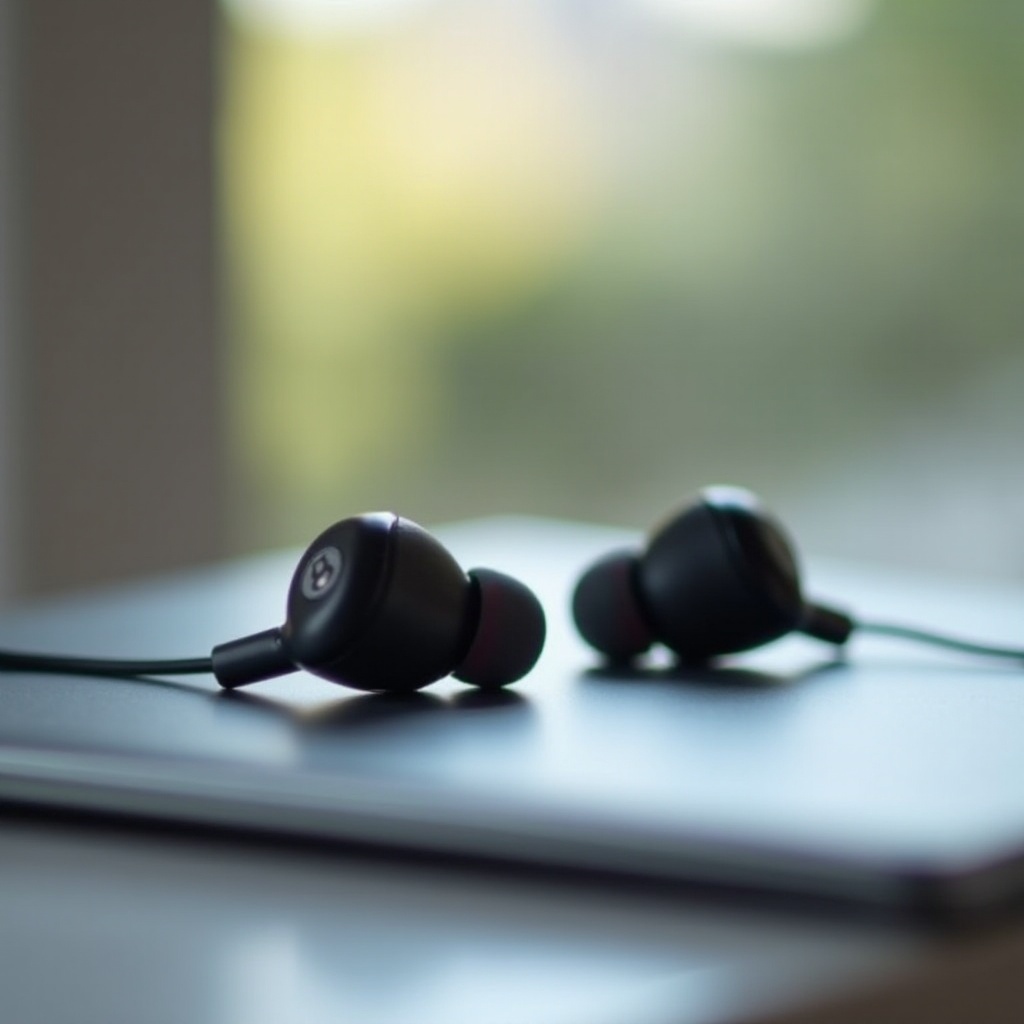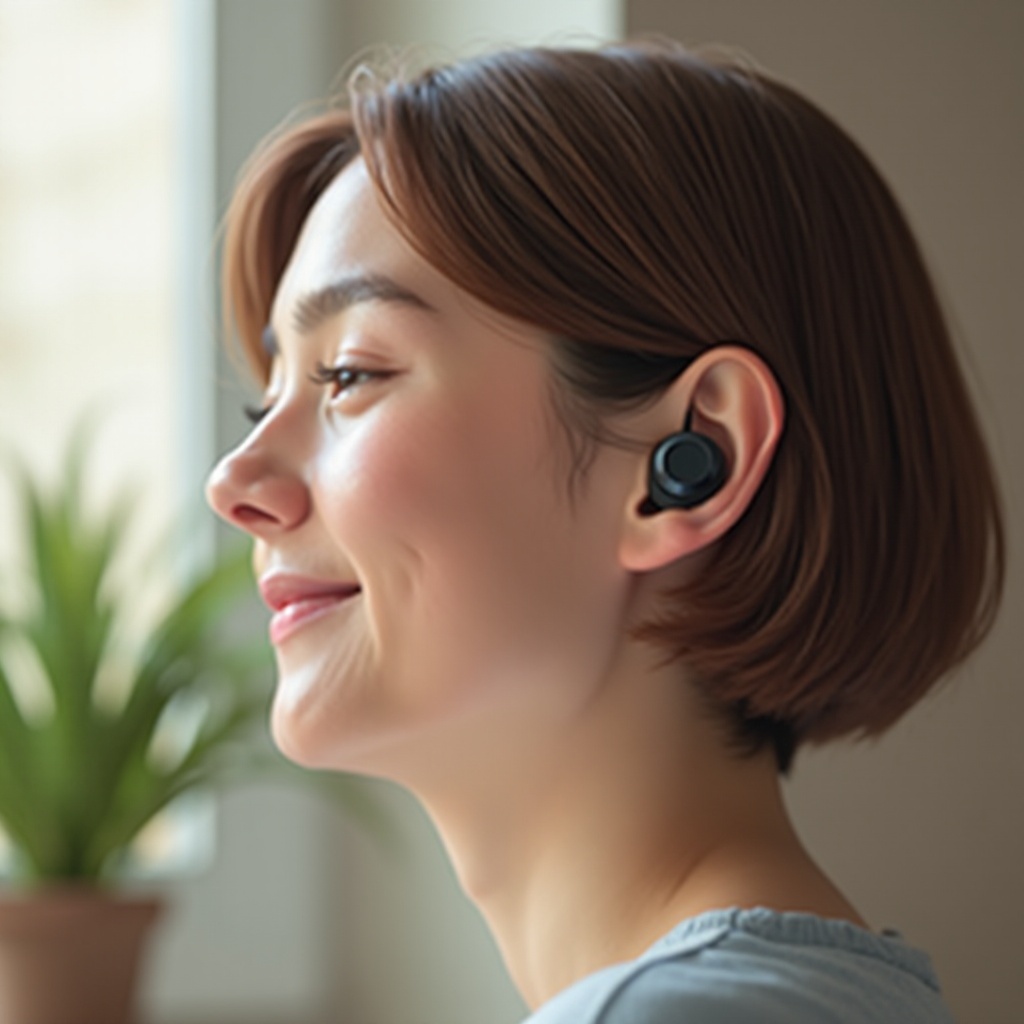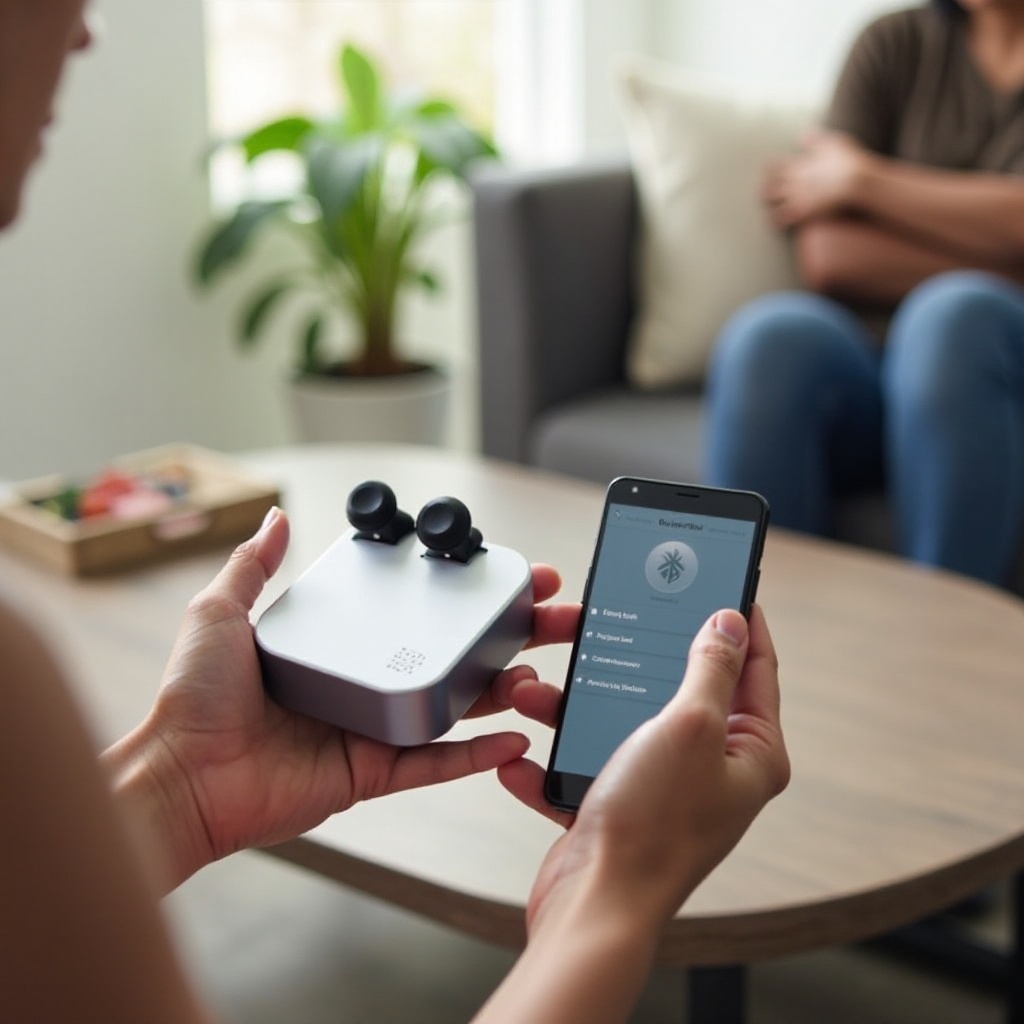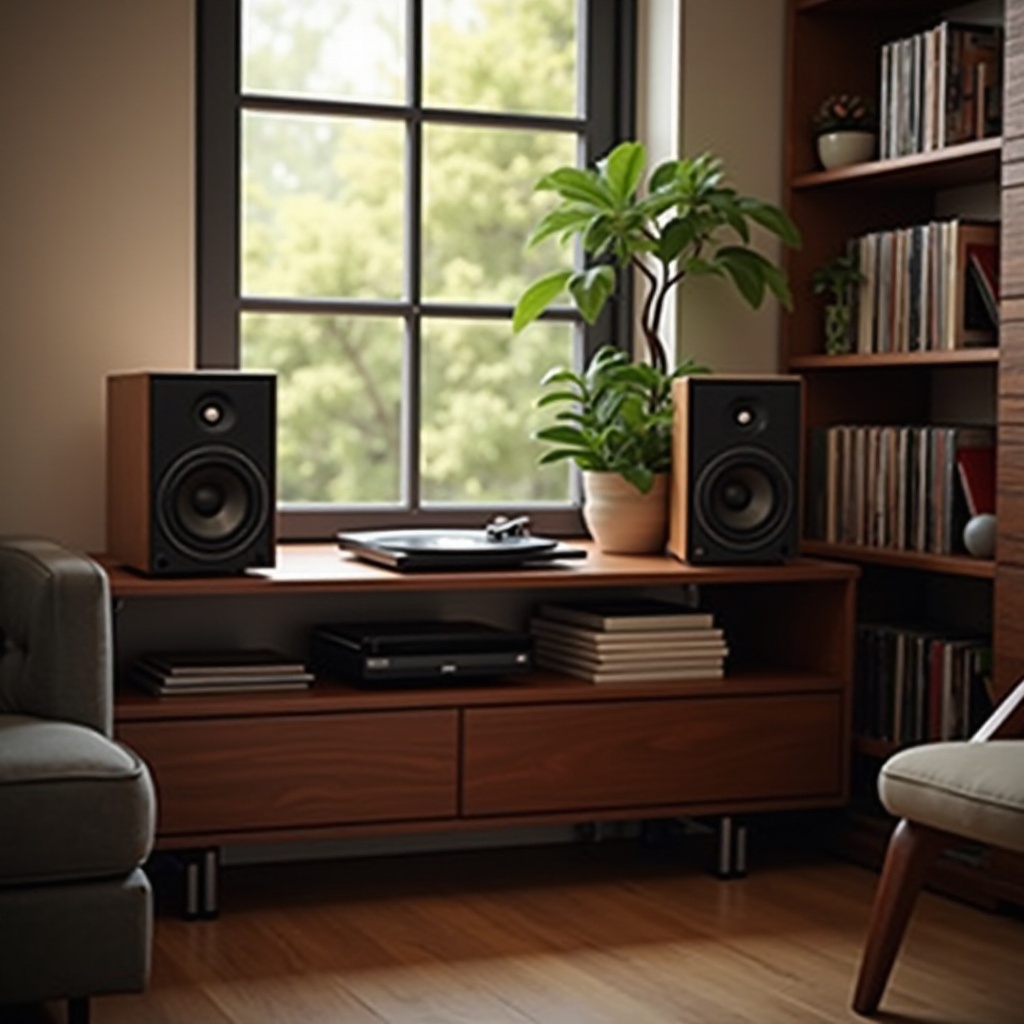Introduction
Finding the right tools to help manage the sensory challenges that come with autism is crucial. Noise cancelling earbuds are one such tool that can make a significant difference. They’re designed to create a quieter, more controlled listening environment, which can be incredibly beneficial for individuals with noise sensitivity. In this guide, we’ll explore the best noise cancelling earbuds for autism in 2024, discussing their features, benefits, and how to choose the right pair for your needs.

Understanding Autism and Noise Sensitivity
Individuals with autism often experience heightened sensitivity to sensory inputs, including sound. This hyper-reactivity can make environments that are noisy or have unpredictable sounds particularly challenging. For those affected, the noise can lead to stress, anxiety, and difficulty concentrating. Noise cancelling earbuds can be a valuable tool in these situations, as they help reduce the auditory overload, providing a sense of calm and comfort.
Understanding this aspect of autism is critical when selecting the appropriate tools to help manage it. The goal is to minimize unnecessary stress and create a supportive environment where individuals with autism can thrive.
Benefits of Noise Cancelling Earbuds for Individuals with Autism
Noise cancelling earbuds offer several benefits that go beyond just reducing unwanted noise. Here are some of the top advantages:
- Reduction of Sensory Overload: By filtering out background noise, these earbuds help reduce the overall sensory input, which can be overwhelming for individuals with autism.
- Improved Focus and Concentration: With fewer distractions, individuals can better focus on tasks, whether it’s schoolwork, hobbies, or daily routines.
- Enhanced Comfort in Social Settings: Wearing noise cancelling earbuds in social situations can make the environment more manageable, reducing anxiety and making it easier to engage with others.
- Improved Sleep Quality: In noisy environments, these earbuds can help maintain a quieter setting, promoting better sleep—a crucial aspect of overall health and well-being.

Key Features to Look for in Noise Cancelling Earbuds
Choosing the right noise cancelling earbuds involves considering several key features to ensure they meet the specific needs of individuals with autism.
Effective Noise Cancellation Technology
The primary function of these earbuds should be to offer robust noise cancellation. Look for models with advanced ANC (Active Noise Cancellation) technology. This feature helps significantly reduce or block out background noises, allowing for a calmer auditory experience.
Comfortable Fit and Battery Life
Comfort is paramount, especially if the earbuds will be worn for extended periods. Ensure the earbuds come with different sizes of ear tips to find the perfect fit. Additionally, long battery life is essential to avoid frequent recharging, which can be inconvenient. Aim for earbuds that offer at least 5-6 hours of continuous use on a single charge.
Durability and Ease of Use
Durability is another important factor, particularly for regular use. The earbuds should be made from high-quality materials that withstand daily wear and tear. Additionally, they should be easy to use, with simple controls and connectivity options that don’t require constant adjustments.
Top 5 Noise Cancelling Earbuds for Autism
After understanding what features to look for, let’s explore the top picks for noise cancelling earbuds in 2024:
Bose QuietComfort Earbuds II
Bose has long been a leader in noise cancellation technology, and the QuietComfort Earbuds II are no exception. They offer exceptional ANC, superb sound quality, and a comfortable fit that makes them ideal for individuals with autism.
Sony WF-1000XM4
The Sony WF-1000XM4 earbuds are a strong contender, featuring advanced noise cancellation, excellent sound fidelity, and long battery life. They are a great choice for those seeking reliability and high performance.
Apple AirPods Pro (2nd Generation)
The second generation of Apple AirPods Pro brings improved ANC, a more customizable fit, and seamless integration with Apple devices. These earbuds are user-friendly and highly effective for reducing ambient noise.
Sennheiser CX Plus True Wireless
Sennheiser’s CX Plus True Wireless earbuds provide great value for money. They combine effective noise cancellation with impressive sound quality and a secure, comfortable fit, making them suitable for daily use.
Jabra Elite Active 75t
Known for their durability and robust performance, the Jabra Elite Active 75t earbuds offer effective noise cancellation, a snug fit, and a long battery life. These are particularly well-suited for active users.
Tips for Using Noise Cancelling Earbuds Effectively
To get the most out of noise cancelling earbuds, consider these tips:
- Proper Fit: Ensure the earbuds fit snugly but comfortably. This ensures maximum noise cancellation and sound quality.
- Volume Control: Keep the volume at a safe level to avoid hearing damage.
- Regular Charging: Maintain battery levels to ensure the earbuds are ready to use when needed.
- Routine Cleaning: Keep the earbuds clean to maintain hygiene and performance.
Conclusion
Noise cancelling earbuds can be a game-changer for individuals with autism, providing much-needed relief from sensory overload and improving overall well-being. With options like the Bose QuietComfort Earbuds II, Sony WF-1000XM4, and others, there’s a perfect pair out there for everyone. It’s all about finding the right fit and features to meet individual needs.
Frequently Asked Questions
What are the key benefits of noise cancelling earbuds for autism?
Noise cancelling earbuds help reduce sensory overload, improve focus, enhance comfort in social settings, and promote better sleep quality.
How do I choose the right noise cancelling earbuds for someone with autism?
Consider factors like effective noise cancellation technology, comfortable fit, battery life, durability, and ease of use.
Can children with autism use noise cancelling earbuds?
Yes, children with autism can use noise cancelling earbuds, provided they fit well and are used under adult supervision to ensure safe listening levels.


